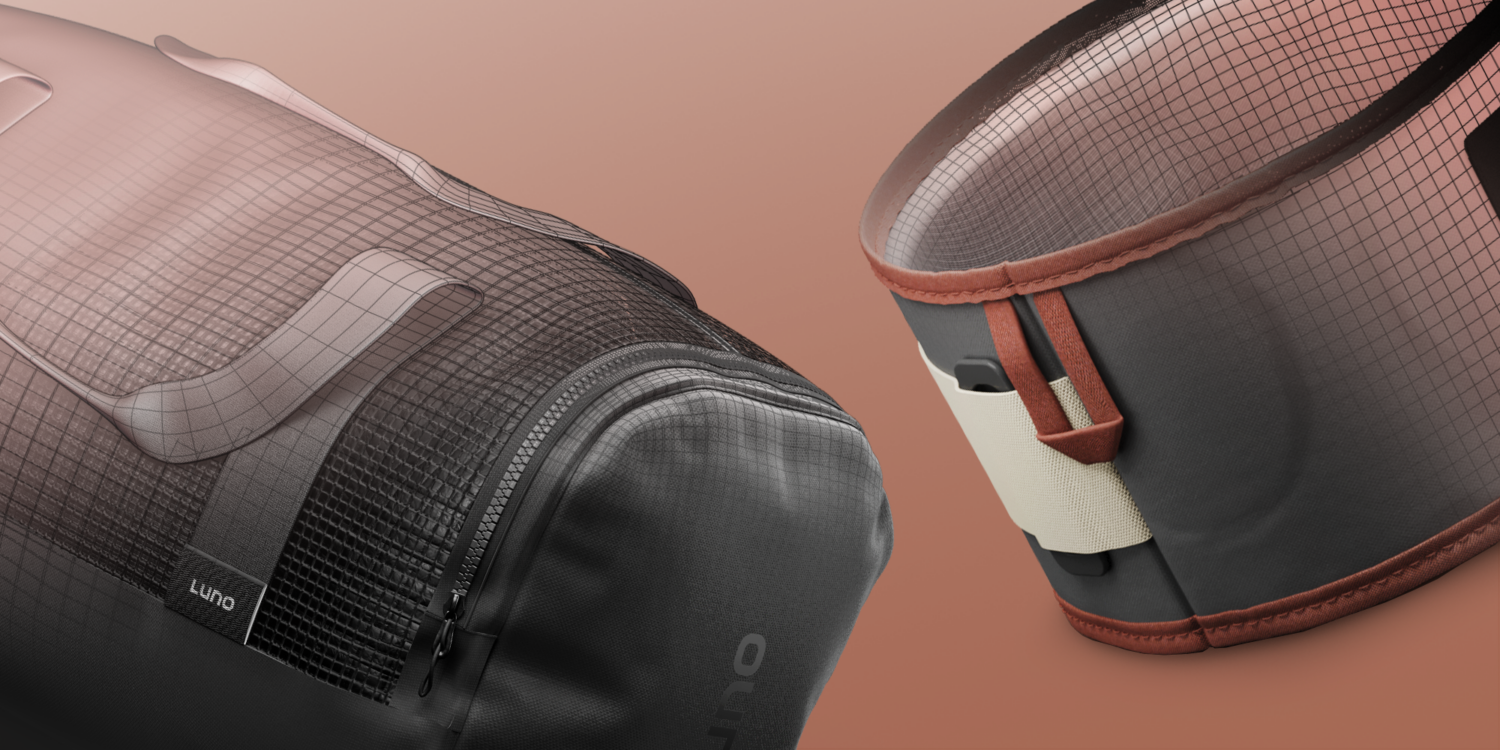
Case Study
Digital Soft Goods Production
In 3D modeling, soft goods present unique challenges that many artists struggle with. Achieving a high level of realism is complicated due to the complex behavior of soft materials, such as their natural folds, creases, and draping. Additionally, texturing these materials requires an intricate understanding of fabric properties to accurately depict how light interacts with the surface texture. The overall workload can be significant, as modeling soft goods often involves meticulous attention to detail and substantial time investment. Furthermore, posing and staging these products in a realistic and appealing way adds another layer of complexity, making this type of modeling more demanding than other forms of 3D work.
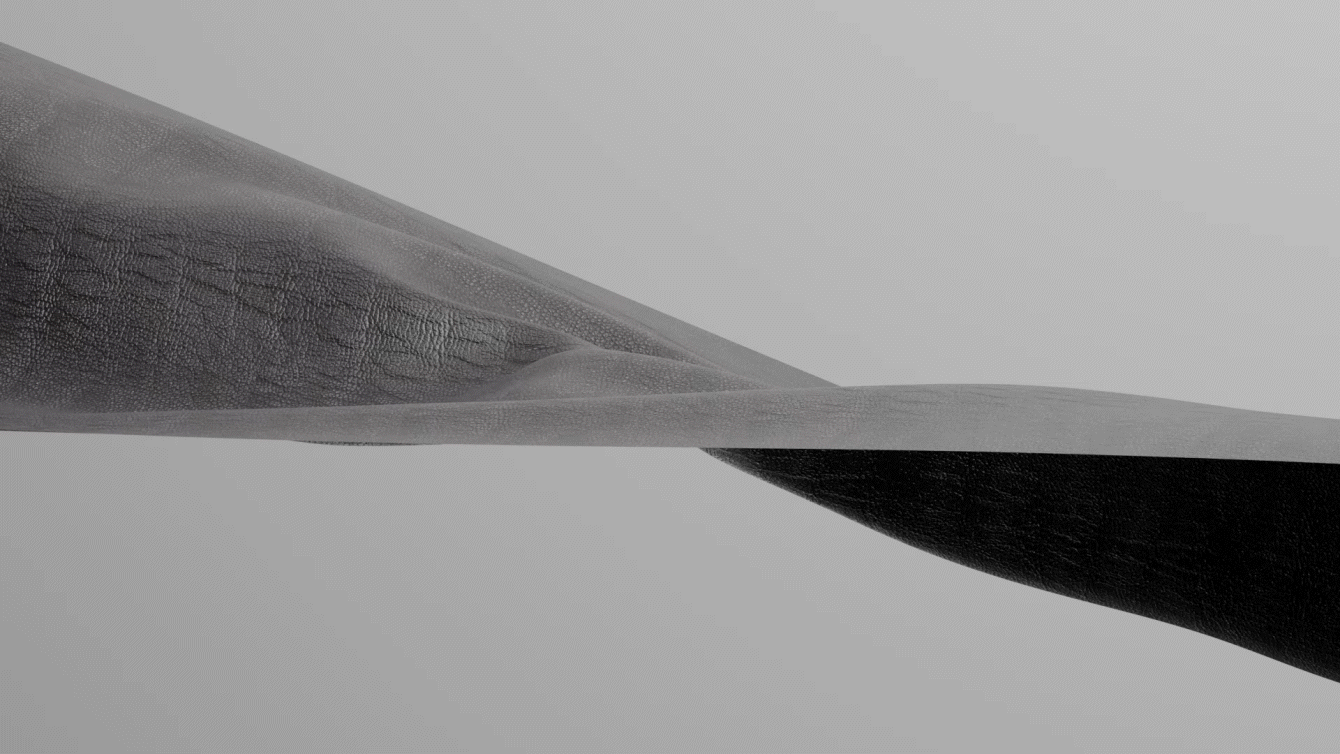
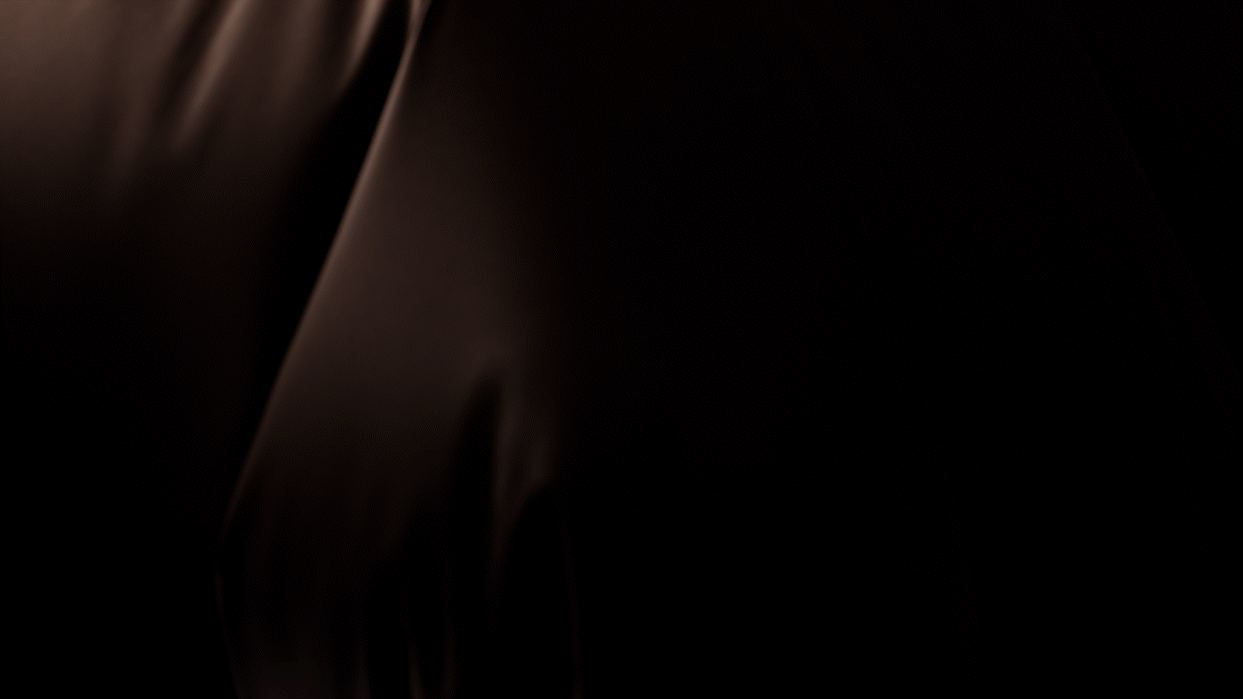
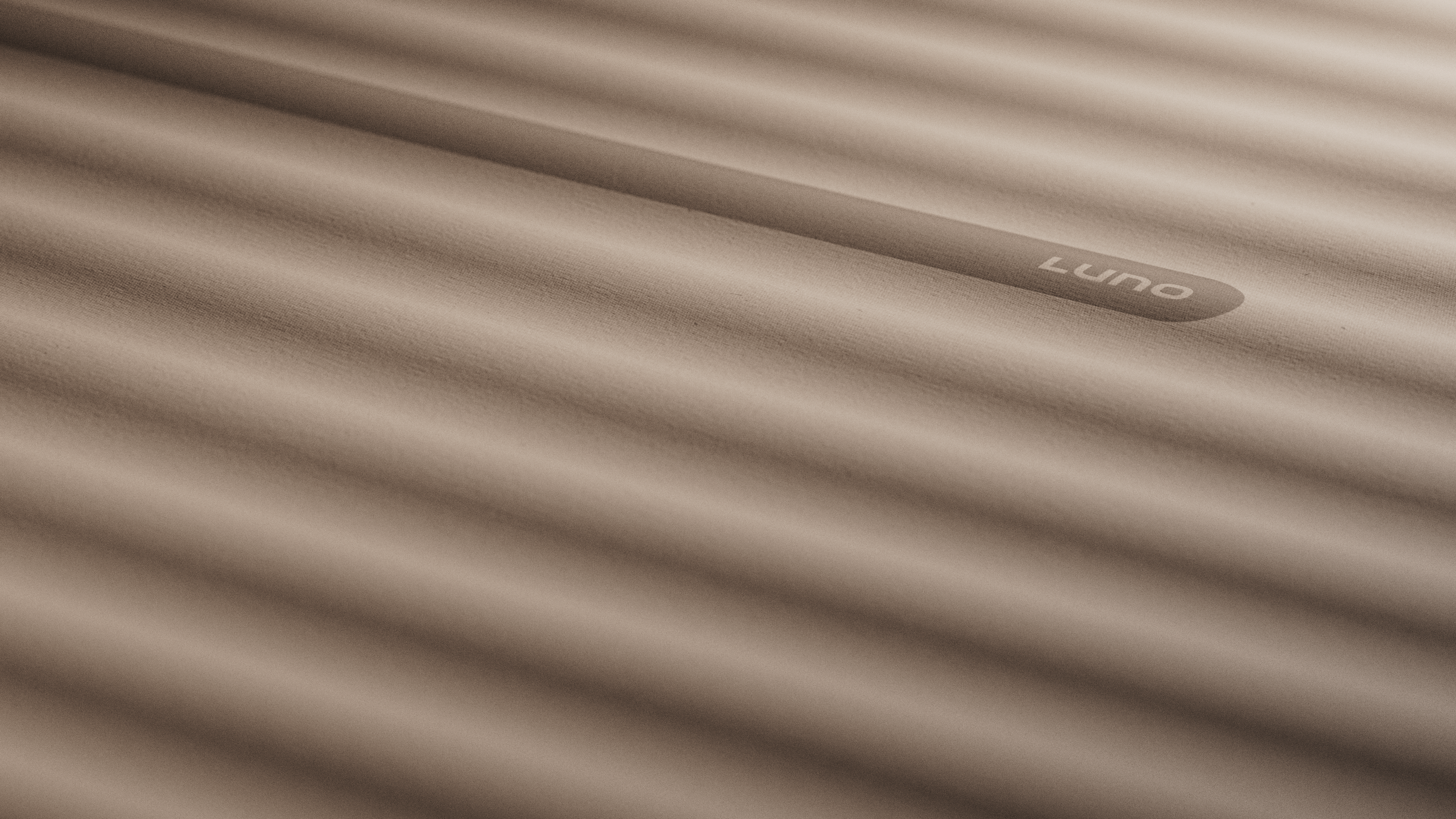
The demand for high-quality soft goods renders is rapidly growing in product design, retail, and marketing due to their ability to bridge the gap between physical and digital experiences. Realistic 3D renders allow consumers to interact with products online, providing a near-tangible experience through detailed visuals and, increasingly, interactive features like 360-degree views. This has become an e-commerce essential for enhancing engagement, as customers now expect a higher level of realism when shopping online. Additionally, 3D renders play a pivotal role in product prototyping, enabling designers to visualize and refine products without the need for costly physical samples and time intensive projects. They also allow brands to scale their catalogs efficiently, ensuring consistency across large product lines while maintaining the high visual standards necessary to stand out in a competitive market. This scalability, combined with the immersive and realistic presentation of products, makes soft good 3D rendering a critical tool in today’s product-focused industries.
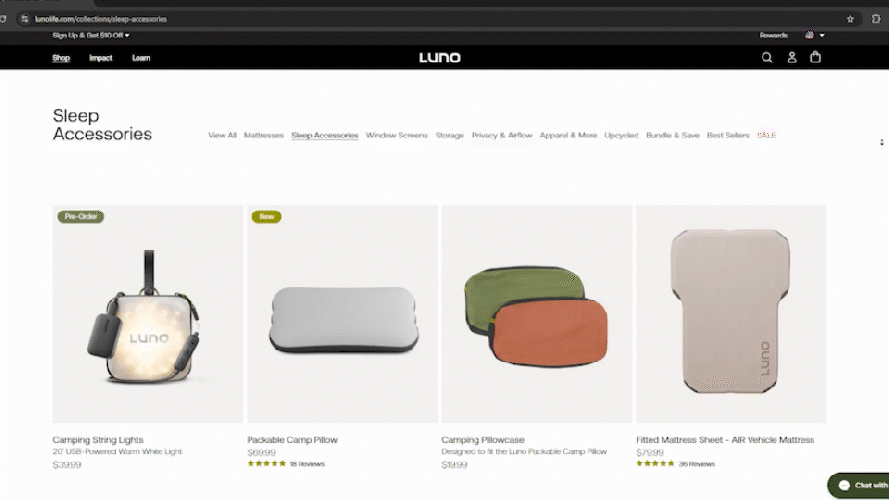
Scalability
Scalability in 3D rendering ensures that every product on a webpage is presented with consistent quality and detail, creating a cohesive and professional look across large catalogs. Our process guarantees that each product retains the same high standard of realism, enhancing the overall browsing experience and reinforcing brand consistency.
At Stel our process for developing 3D models and renders of soft goods follows a carefully refined workflow, blending the right combination of tools and tasks. It begins with creating a base model that meets the precise specifications of the product. This model is then transformed into a mesh designed to behave like the material it’s meant to represent in real life, allowing for the physical characteristics of fabrics to come through. Next, we apply physics simulations to introduce natural folds and forms, making the model feel more lifelike. Hand-sculpting further refines the look, adding artistic touches that curate the product’s shape and feel. We also develop an extensive range of texture types to capture the intricate qualities of fabrics, and use photogrammetry to create accurate normal maps that define the product’s surface details. Finally, we bring the model to life with thoughtful lighting and rendering techniques, ensuring the finished product is both realistic and visually striking.
Simulation
Fabric simulation in 3D programs enhances the modeling process by accurately mimicking how real-world materials behave, including how they drape, fold, and respond to forces like gravity.
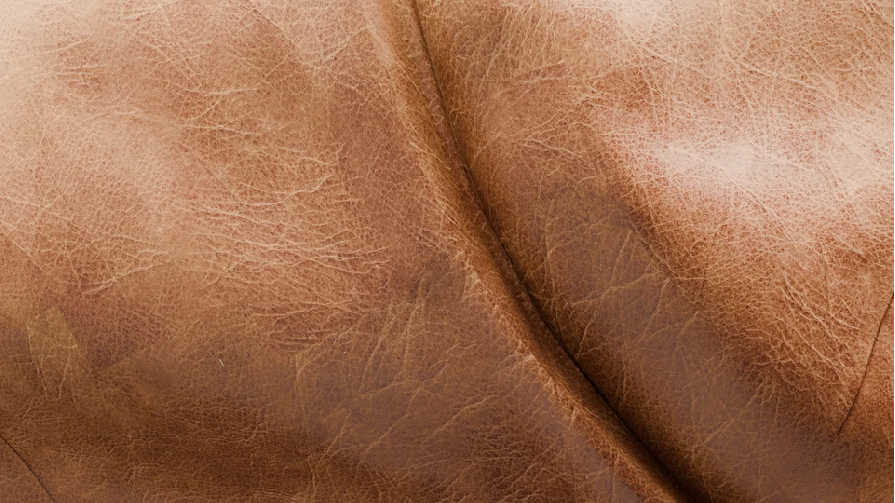
Recently, our team worked with Luno, a car camping brand offering a range of soft goods products, to create imagery of mattresses, cargo nets for storage, and more. Using our refined workflow, we took their physical products and developed highly realistic digital representations. Before partnering with us, Luno relied on photography like many other brands, which often doesn’t maintain a consistent look, feel, or creative direction throughout the product catalog. By leveraging our expertise, we were able to not only represent their products with precision according to their specifications but also provide a consistent, high-quality visual standard across their entire catalog. Switching to rendered imagery helped Luno elevate it’s brand presentation and create a more cohesive, polished experience for their customers.
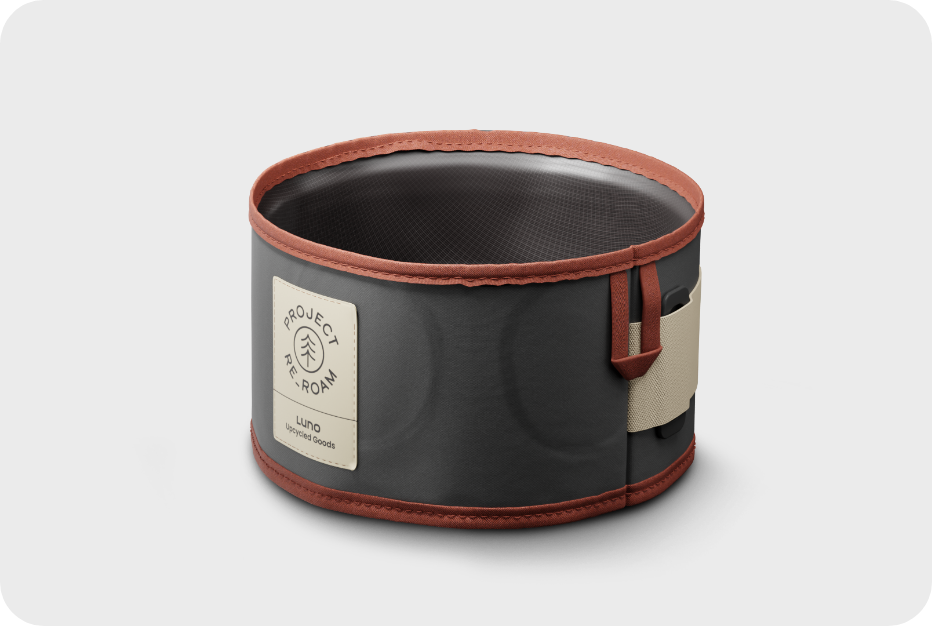
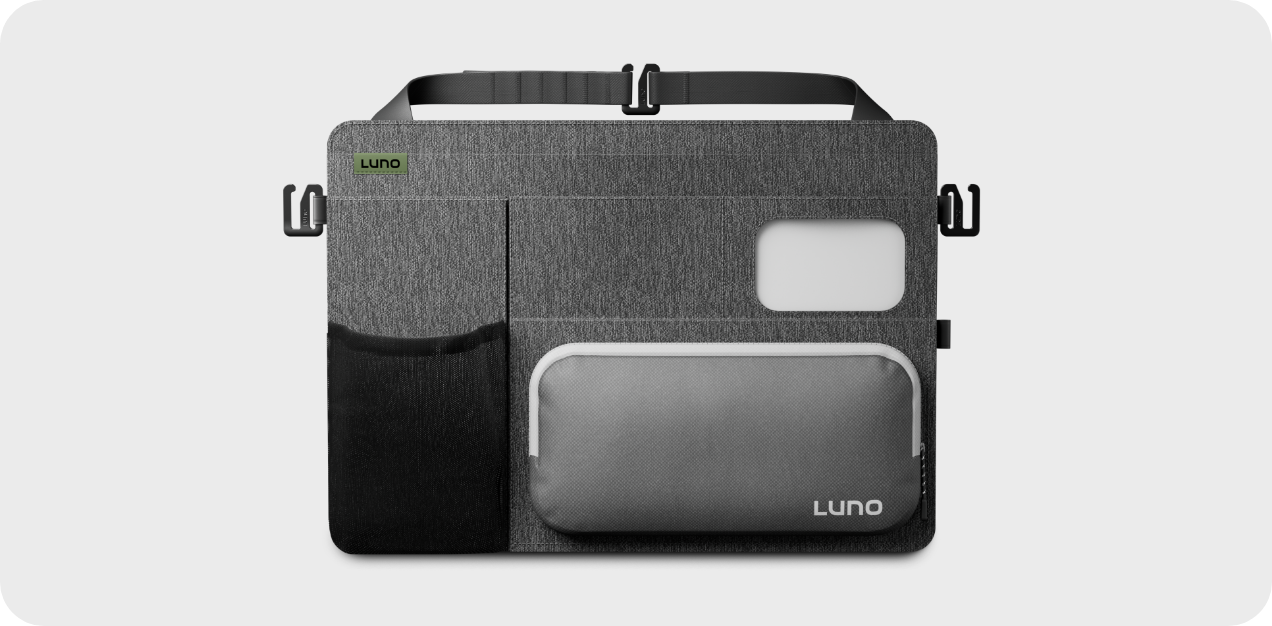
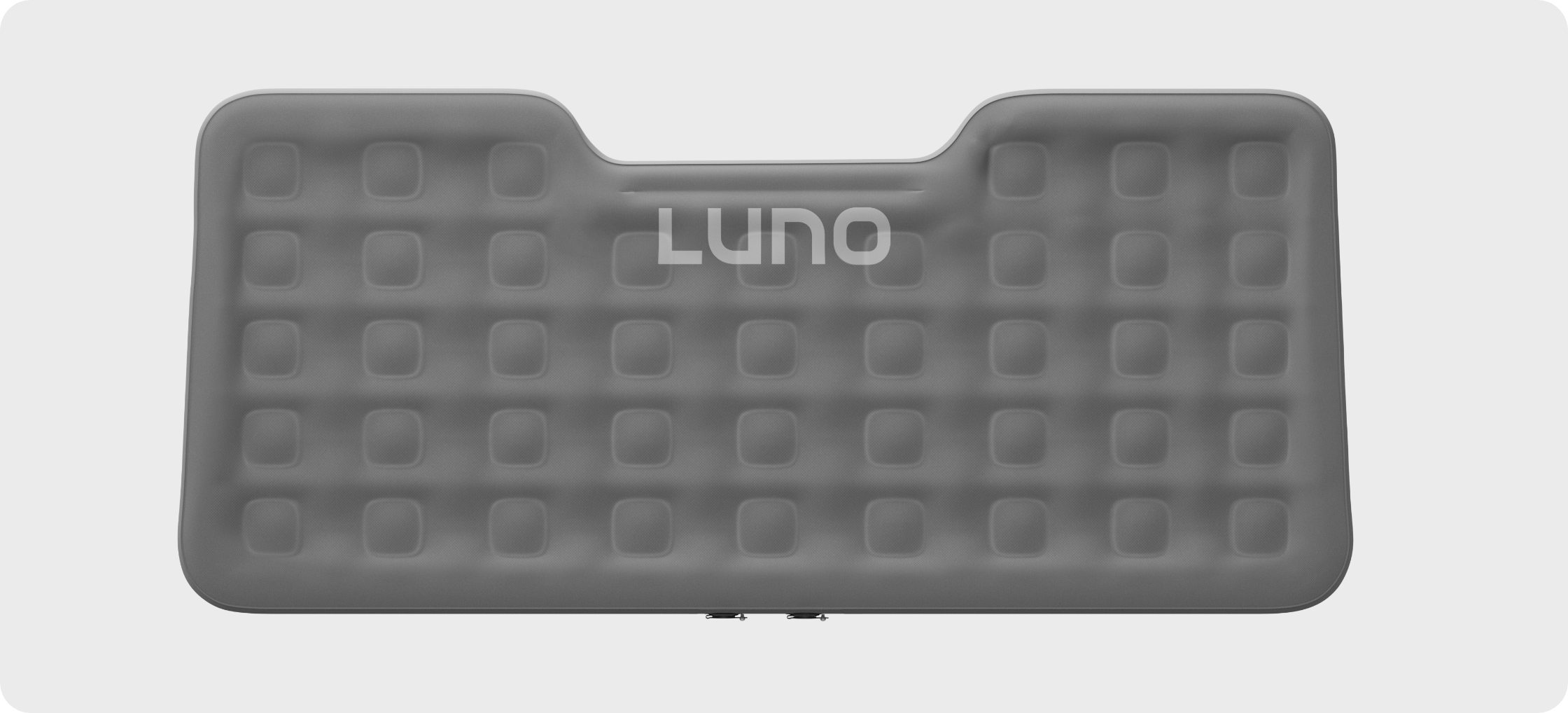
In summary, our team excels in the complex process of modeling and rendering soft goods with precision, scalability, and consistency. From developing highly realistic digital models to creating cohesive, visually striking product catalogs, we have proven our ability to elevate brands in industries like product design, retail, and marketing. Whether you’re looking to enhance your product’s online presence, streamline prototyping, or improve consistency across a large product line, we’re ready to help. Contact us today for a consultation or to receive a custom project quote—let’s bring your products to life together!
62
Global Clients
300
Products to Market
6
Creatives
Let’s Create Something
Wherever you are in the products development process, we want to help you bring it to life.

